None of us want to turn a blind eye or deaf ear to the voice of the protest. The national conversation happening now requires us to listen carefully, without bias or a pre-set agenda. This is something we do in our asana practice every time we come to class or get on our mats to practice.
The sequence in this post is not very demanding. It directs us to repeat well-known poses but approach them from different viewpoints with each repetition. Every asana is an intricate puzzle to solve, and many points of view are needed to gain clarity. Within the architecture of any asana we can place our mind in a particular location, and then ask the movement of the breath to mediate the discussion regarding our internal acceptance or resistance. It’s best to develop this more sophisticated approach when doing less advanced poses. When we do advance poses that are difficult for us, we are rank beginners. When we refine the poses we know best we become more mature practitioners.
The simple formula will be to do each pose, or set of poses, 4 times with these considerations.
- Get into the pose and observe where you may experience difficulty in your body.
- Hold the pose but put your attention primarily in your seat, tailbone, abdomen, or pelvis. Breathe in and out a few times and make adjustments to the pose based on the pelvic perspective.
- Return to a neutral beginning and repeat this time with your mind located in your chest, sternum, lungs, upper back. Breathe in and out a few times and make adjustments based on observations gleaned from the chest perspective.
- Return to a neutral beginning and repeat with your mind placed around your throat, head, and face, including the sense organs of eyes, nose and ears.
So the over-riding metaphor is this.
- Do an asana honestly facing the immediate difficulty.
- Try to understand the asana from your gut reactions.
- Discover if your appraisal is different if you let your heart lead.
- What new perspective does a calm and objective mind contribute?


A beautiful blog and practice